Helena Christensen on Her Emotional Colombia Trip: 'We Need to Open Our Arms and Minds' (Exclusive)
- Oops!Something went wrong.Please try again later.
The supermodel and photographer talks to PEOPLE about her experience working with the United Nations High Commissioner for Refugees in honor of World Refugee Day
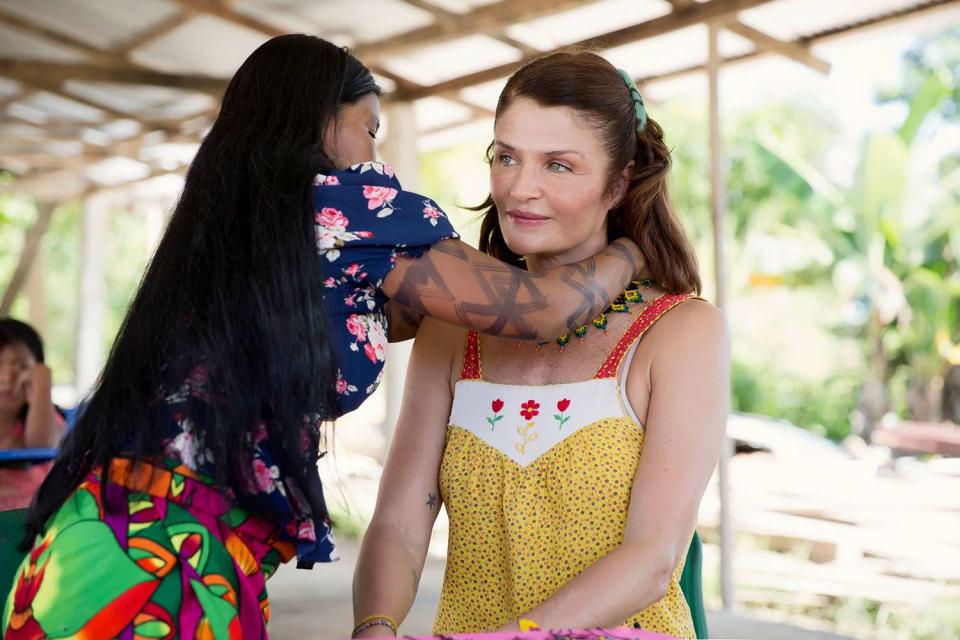
UNHCR/Hector Perez
Helena Christensen has spent decades in front of the camera. But the time she’s spent behind it—photographing displaced people and sharing their stories as a partner to the United Nations High Commissioner for Refugees—has also made a lasting impact. “It’s the biggest honor and privilege,” says the 54-year-old Copenhagen native. “The way it influences and inspires me on a personal level is the greatest gift.” Recently Christensen traveled to Colombia, where more than 2.5 million Venezuelan migrants have sought sanctuary. Here she recounts her trip, timed to World Refugee Day on June 20.
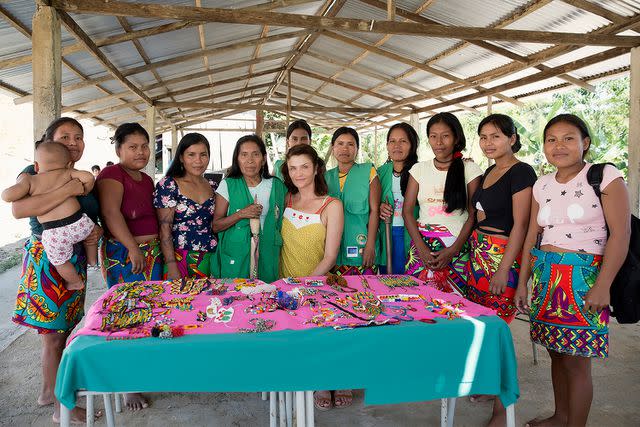
UNHCR/Hector Perez
UNHCR Goodwill Ambassador Helena Christensen buying jewelry from the women in the Quibdó community
How have your experiences with the UNHCR impacted you?
I started volunteering in 2015 and became an ambassador in 2019. Almost every year I’ve gone to camps, where I’ve taken photographs and talked to refugees and displaced people and shared their stories. It puts everything in perspective. We live in our little safe worlds, but these people only have their realities- and it’s way more hardcore than we can even begin to understand. I am learning in my own way. Every time I go, I try to absorb as much as I can.
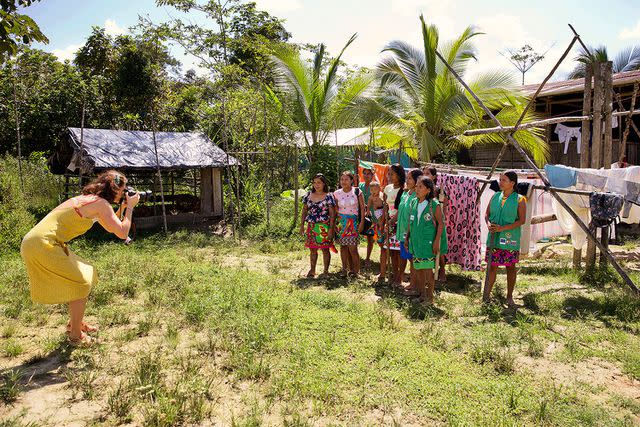
UNHCR/Hector Perez
Christensen photographing displaced people in the Quibdó region (above)
How was your trip to Colombia?
I met with a trans woman and learned more about her hardships and those of her community. I also met the Indigenous tribes [in Villanueva] and photographed some of the women. And I reconnected with a woman whom I first met eight years ago, who is still dealing with displacement.
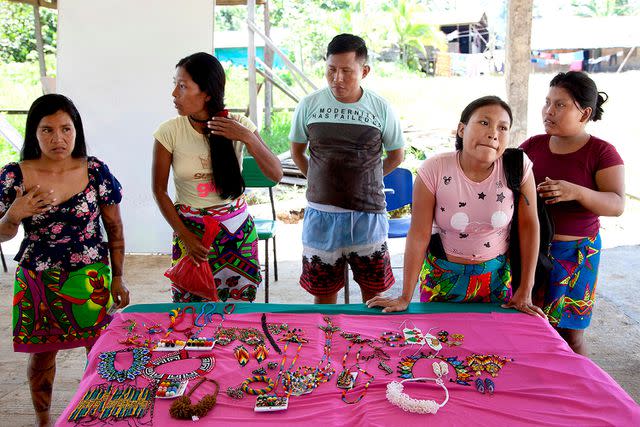
UNHCR/Helena Christensen
Christensen's photograph of the beadwork displaced people in the Quibdó region craft and sell to make ends meet (above)
What was the reunion like?
She’s still in the same place. I knocked on her door, and we fell into each other’s arms. Her kids are eight years older, and they’re still so caring and loving. She’s still so beautiful. Their situation is complex, but I can see the ways the UNHCR makes a difference in the lives of people like them.
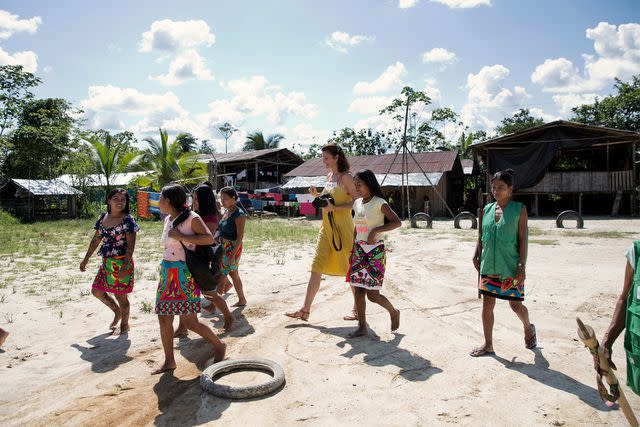
UNHCR/Hector Perez
Helena Christensen walking with some of the women in the Quibdó region
What can people do to get a better understanding of the refugee crisis? How can we help?
Read stories. Volunteer locally. Make a small or big donation or travel and work in a refugee camp for a few months. There are so many refugees traveling all over the world- escaping one place, fleeing to another. We need to open our minds and arms to these people by integrating them into our communities. It is the power of all of us that will make a difference.
For more information, visit unrefugees.org
For more People news, make sure to sign up for our newsletter!
Read the original article on People.

